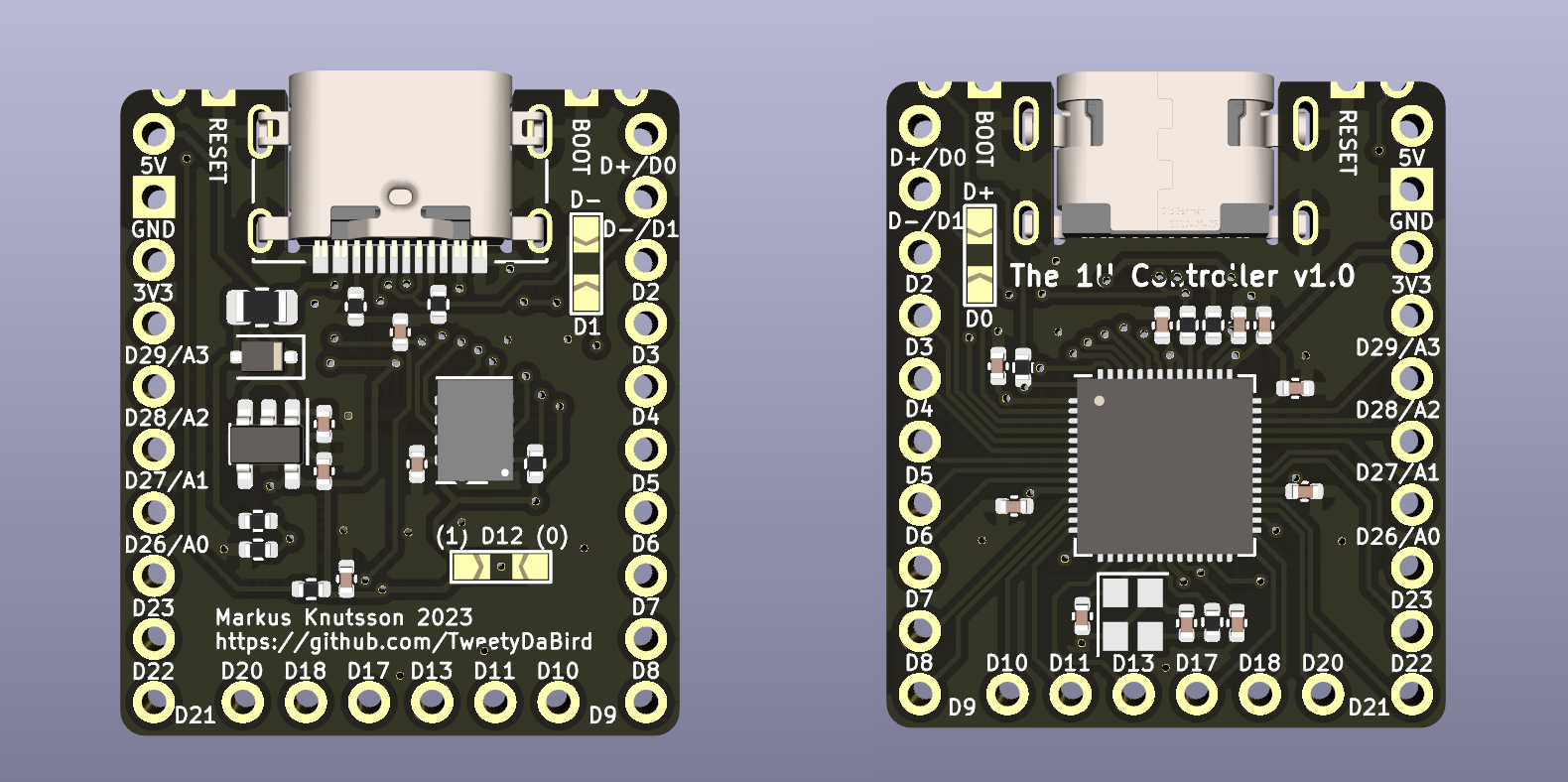Only thing to note is to check qmk docs if the screens controller is supported by default. If it is, it’s easy. If not it takes more work.
TweetyDaBird
Yes you can. But you have to address the rgbs as a true matrix which is a fair bit more work.
I just used all my budget on prototypes. Sigh.
And the cap on the port extends another .5-1” when in place. Which means it’s sitting below the surface of the other things as is, but add .5” and it now becomes level with a few things. And level is by far enough for the cap to grab, twist and pull out. And when it does, you’re done riding for a while.
And instead of replacing the tip of the oil cap and the outer cases, you end up with a damaged block. Much more expensive.
A far better idea is to have a tool, admittedly not in every man’s possession, but tilt the bike away, remove the cap, and thread in. Tilt the bike back and you have a little spout. Clean, simple and easy. These are available for just about every manufacturers cap size and thread.
Cool thanks!
No, this is not asshole design. If the oil port was sticking further out, it’s gets knocked off if you lay the bike down. And then you have no oil at all, and a blown up motor.
It’s by good design the oil port is recessed. Yes it’s annoying to use a funnel, but it’s the preferable option.
Well the problem with that is when you lay the bike down, the oil port gets shaved off and you lose all your oil. Don’t ask me how I know.
So yeah, it’s a PITA to use a funnel, but it’s still the preferable option.
What am I missing, how is this done?
Lemmy.world was having mayor issues today, so not surprising if something broke.
Actually, I prefer liftoff
It should, at least as long as we are talking about choc switches on an MX spacing, or a dual footprint design, as the pin headers are spaced for that. Otherwise there will probably be interference, or very, very close to it at least.

Try the Lotus 58. You get a bit more options over all.